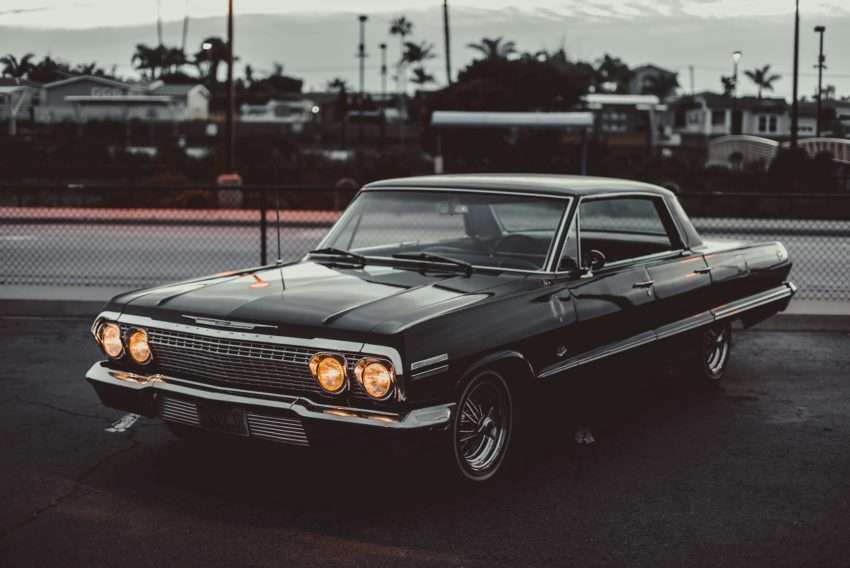
Classic cars express the heart and soul of America. There is nothing like the freedom of driving and the adventure of the wide open road, past the aluminium gate driveway. But modern vehicles have taken the joy out of driving by insulating drivers from the road with drive-by-wire steering and electronic brakes that minimize human bonding.
The art of melding man with machine is a passion. It has driven auto manufacturers to design powerful muscle cars and elegant luxury models that have become the pride of classic car collections. Modern vehicles generally lack style because of safety and EPA laws that require them to all conform to universal parameters.
Restoring Classic Cars
In order to obtain one of these gems, it is often necessary for the driver to invest extensive time and money in a choice vehicle. One of the greatest benefits of owning a classic car is the customization to rebuild it from square one.
Many classic car collectors will start by finding a rust-free shell in the deep south and sourcing out as many original parts as possible to keep their vehicles true to factory standards. They may decide to modify the interior with some upgraded leather seats or a modern stereo system.
A lot of classic cars have sentimental value. And capturing the style and spirit of a bygone era conjures up sentimental feelings that are priceless for many collectors. The driver may have had a particular muscle car as a teenager or remembered riding with his father decades ago in the vehicle. Tapping into those memories is what drives many collectors to meticulously restore their vehicles.
Disassembly
After selecting the ideal vehicle, the first step in any restoration project will strip the vehicle down to its skeleton. In order to do this, classic car restorers should record the process on video or take as many photos as possible. This will help them remember how everything goes back together after they take the jigsaw puzzle apart.
Storing nuts and bolts in plastic baggies with appropriate labels is also critical. These bolts may be difficult to replace and can turn into hours and hours of frustration if a fitting gets stripped.
It is a good idea to test the drive train before disassembling the vehicle because this may help you assess the extent of mechanical work required. If the vehicle doesn’t start, the restorer should check for spark, fuel, and compression. If the vehicle has all three, then there is no reason why it shouldn’t run.
Reassembly
If the body of the vehicle is solid, free of damage and rust, it is simply a matter of sourcing out high-quality parts to rebuild it. In many cases, the subframe can be assembled with all the steering and suspension items attached. Then the drive train can be dropped in or simply bolted on as the subframe is placed.
Interior and Paint
Once the body work and mechanical aspects of the vehicle are finished, it can move on to the paint booth. Paint often takes hours and hours of prep work to eliminate any blemishes by cleaning, sanding, re-sanding, and spraying on several coats of paint.
Restoring the interior and paint often requires an expert with the right tools and experience. It is not something that most collectors can do themselves.
Restoration companies often have access to special compounds, such as marine paint, that will absorb moisture and stop corrosion. And they will have dust-free paint booths to actually bake the paint on at the ideal humidity level, something you cannot do in your backyard.